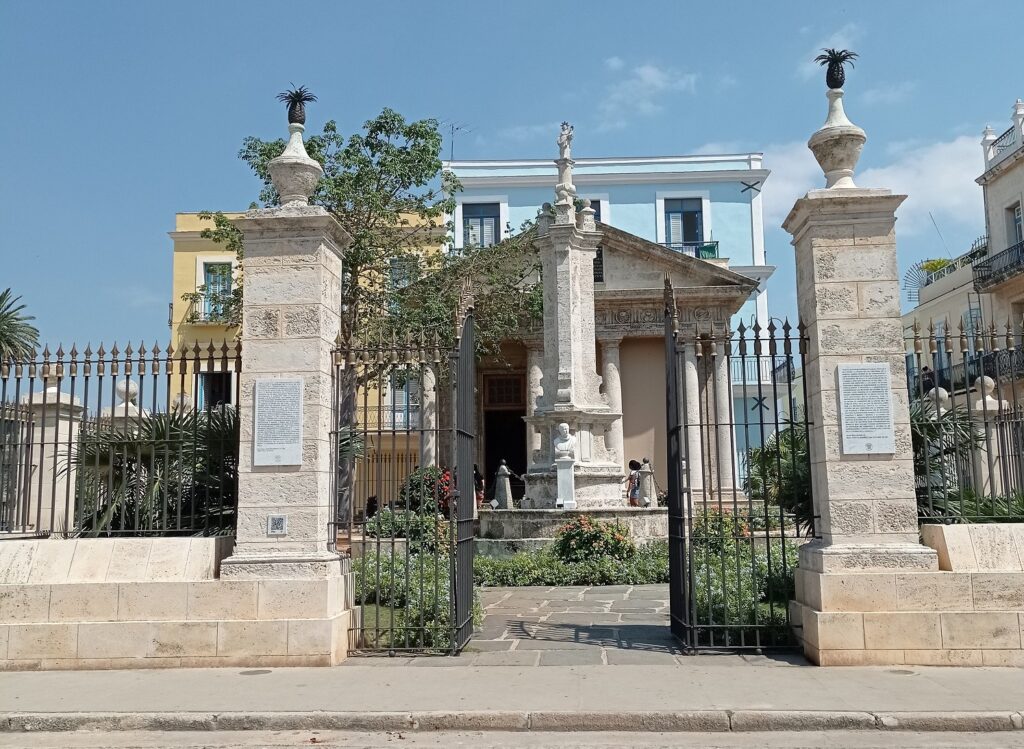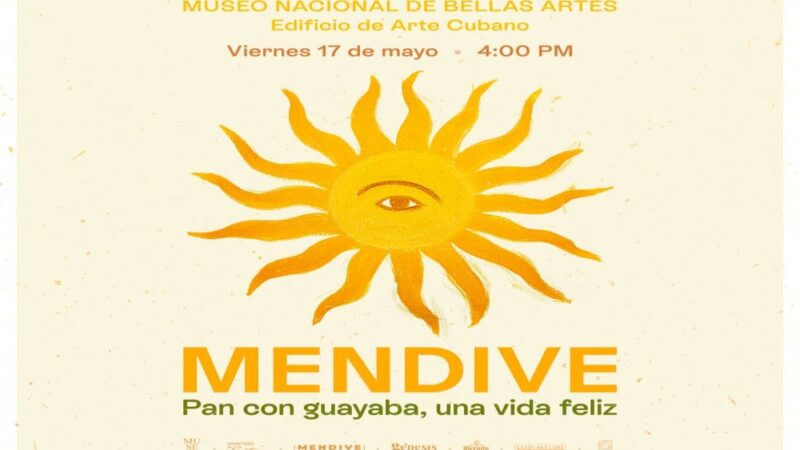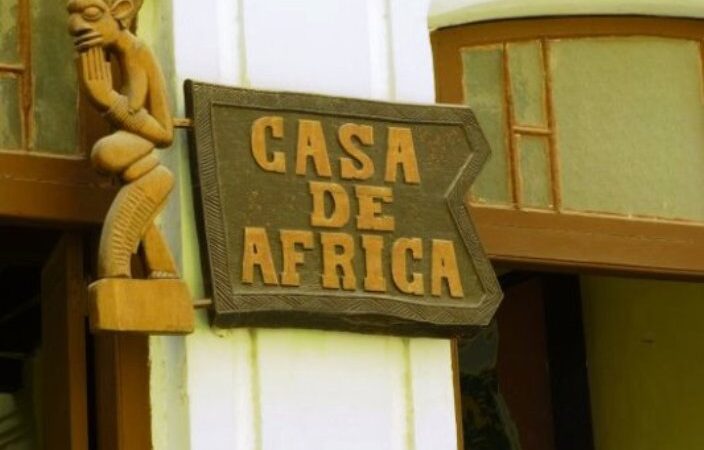195 Years of an Eternal Symbol of Havana (+Photos)
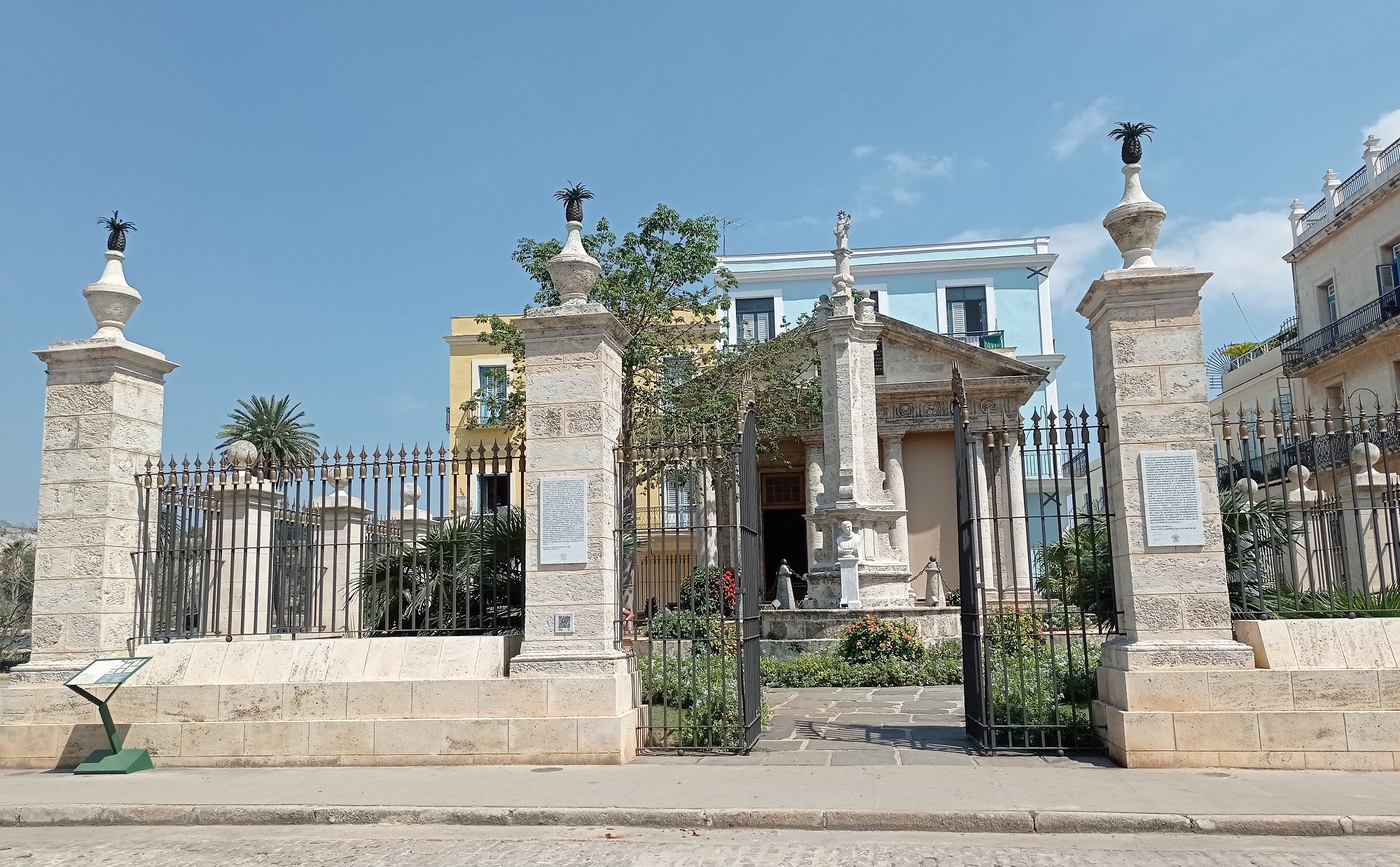
One of the symbols of San Cristóbal de La Habana, the Templete, will be 195 years old on March 19. This first work of neoclassical style in Cuban architecture, identified with the history, identity and culture of the city, is one of the best known by Havana residents and visitors to the Cuban capital, as evidenced by its iconic columns and the ceiba tree that commemorates the founding ceremony.
To commemorate this date, the City Museum, together with the Easel Painting Workshop, the Conservation Cabinet and the Archaeological Museums, are organizing a day that will take place from the 15th to the 21st of March, to highlight the artistic and patrimonial values of this exceptional monument.
These will be days to review the traditions, customs, epochs and history of this building located in a privileged place, in the Plaza de Armas, very close to the Palace of the Counts of Santovenia, where the Hotel Santa Isabel is located, the Palace of the Second Corporal and in front of the Palace of the Captains General -currently City Museum-, where its director, Dr. Michael González Sánchez, explained to Radio Enciclopedia, details of the commemoration.
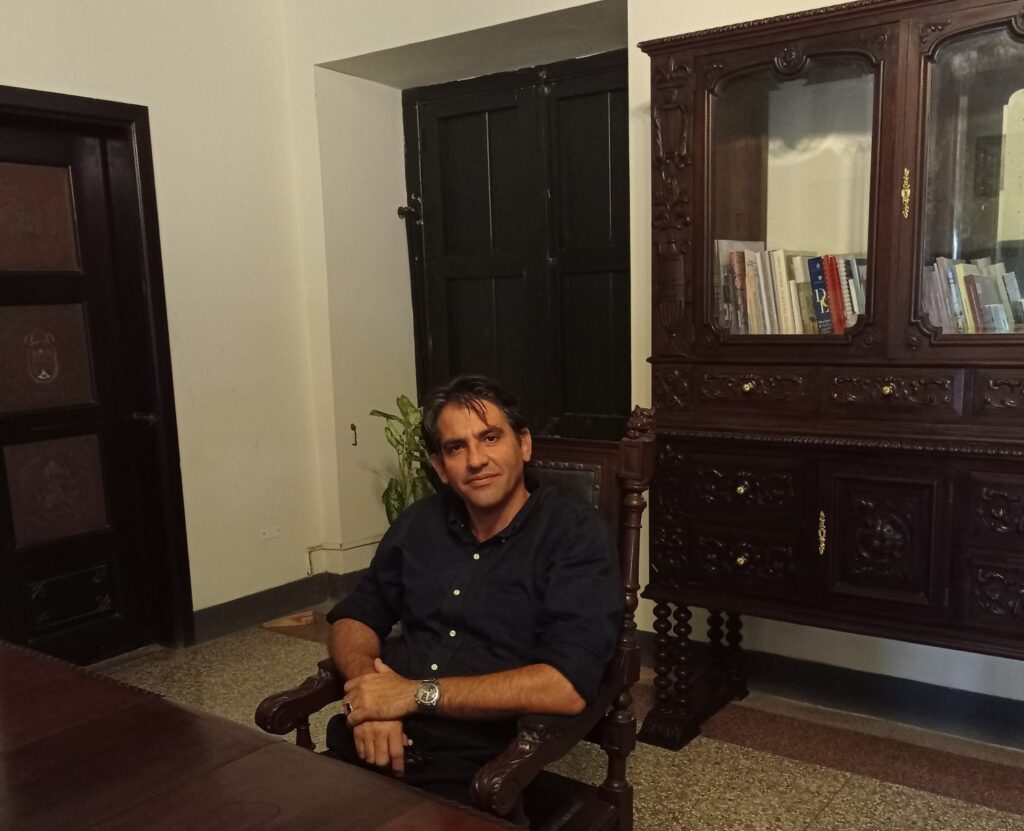
The day of celebration will begin precisely at the museum (venue of the lectures), with the conference The Havana Pavilion 195 years after its foundation, the symbol and the myth, which will be given by Dr. Gonzalez Sanchez; he said that an account will be made of all the time that has passed, unraveling the relationships between reality and myth of this icon, and how its meaning has changed throughout the different stages.
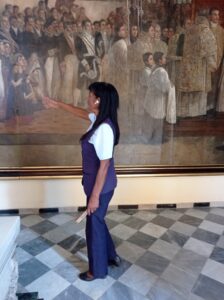
The next day, Juan Carlos Bermejo, director of the Cabinet for the Restoration of Easel Paintings, will speak about the restoration of the three oil paintings in the building, the challenges that have been faced in preserving this important work by the French painter Juan Bautista Vermay -founder of the first official school of drawing and painting in Cuba-, and in which the founding act of the monument, the first mass, the first Cabildo, and great personalities such as Bishop Juan José Díaz de Espada, Fray Bartolomé de las Casas, Francisco Dionisio Vives y Planes, Count of Cuba, Governor General of the Nation, and others will be shown; Fray Bartolomé de las Casas; Francisco Dionisio Vives y Planes, Count of Cuba, Governor and Captain General of the Nation; among others. In one of the paintings there are one hundred life portraits of the most illustrious people of the time.
González Sánchez said that a round table was scheduled for Friday on all the archaeological excavations carried out in 2017, when it was possible to increase the perimeter fence to the original dimensions it had in the colonial period.
He highlighted the opening of a temporary exhibition of objects found in these works, which will be very important because in this way the Office of the Historian of Havana will contribute to the local history and that of the monument itself, with all the pieces found, stressed the expert.
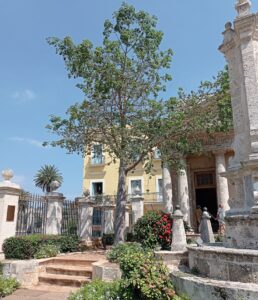
On Saturday, March 18, the special itinerary El Templete in the Plaza de Armas: patrimonial values will take place; and the day will end on March 21 with the conference Havana’s public spaces in the chronicles of travelers: the Plaza de Armas, by the young historian Jorge Calaña Redondas, specialist of the City Museum.
The ongoing dialogue shows the passion and dedication to the work of restoring monuments and recovering their values, carried out by the specialists of the Historian’s Office of Havana, so that from now on they are already thinking about the celebration of the 200th anniversary of the Templete, the city, in short, as González Sánchez himself once said.
In all this work to make the Historic Center a place full of beauty in every corner, there is the unforgettable imprint of Dr. Eusebio Leal Spengler, and his legacy is being remembered. In one of his many speeches about the city, he said that Havana is a state of mind that leaves no one indifferent.
